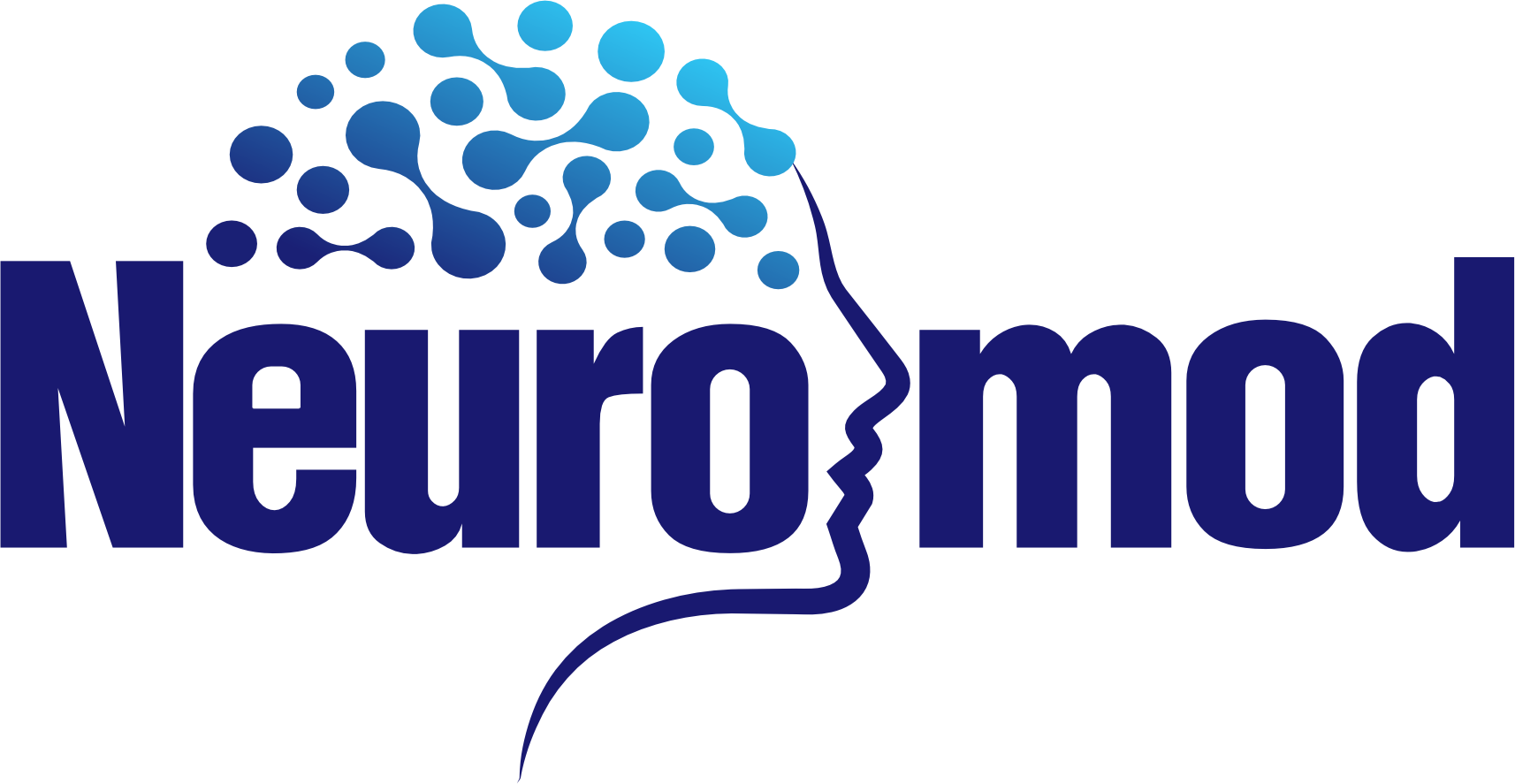Patients & Professionals
Repetitive Transcranial Magnetic Stimulation (rTMS) is an innovative, non-invasive treatment that uses magnetic pulses to stimulate specific brain regions. It is Health Canada and FDA-approved for treating drug-resistant depression and is increasingly used off-label for other conditions.
What is rTMS?
rTMS uses targeted magnetic fields to normalize brain activity. It is safe, well-tolerated, and promising for individuals who have not responded to traditional therapies. Conditions treated with rTMS include:
On-Label
Health Canada-approved indications like drug-resistant depression.
Off-Label
Anxiety, PTSD, OCD, Addiction, Chronic Pain, Concussion, Dementia, and Motor Rehabilitation
(e.g., stroke recovery).
Additionally, patients can benefit from rTMS paired with adjunct technologies to boost outcomes for chronic pain, stroke, and more.
How does rTMS work?
Repetitive Transcranial Magnetic Stimulation (rTMS) is a safe, non-invasive treatment that uses gentle magnetic pulses to stimulate areas of the brain involved in mood and emotions. During treatment, a device is placed on your scalp to send focused pulses that help “reset” brain activity, especially in people with depression who haven’t responded well to medication. It’s painless, doesn’t require anesthesia, and is usually done in short sessions over several weeks.
What Conditions Does rTMS Treat?
rTMS is most commonly used to treat major depressive disorder, especially in people who haven’t found relief from medication or therapy. It’s also approved for obsessive-compulsive disorder (OCD) and is being studied for other conditions like anxiety disorders, post-traumatic stress disorder (PTSD), chronic pain, migraine, and certain symptoms of neurological conditions like Parkinson’s disease. While depression remains the primary use, ongoing research is expanding its potential to help with a range of mood, anxiety, and brain-related disorders.
How Will I Know if rTMS Is Working?
Many people begin to notice improvements in their mood, energy levels, sleep, and overall outlook within a few weeks of starting rTMS treatment. These changes may be gradual, and progress can vary from person to person. Some experience relief after just a few sessions, while others may need more time. Your care team will regularly check in with you to monitor your symptoms and track improvements. Keeping a journal or mood log during treatment can also help you and your provider see patterns and progress over time.
What Are the Benefits of rTMS Compared to Medication?
rTMS offers several advantages for people who haven’t found relief with medication or who experience unwanted side effects. Unlike many antidepressants, rTMS is non-invasive, doesn’t require daily pills, and doesn’t cause common medication side effects like weight gain, sexual dysfunction, or fatigue. It also targets specific areas of the brain involved in mood without affecting the whole body. For some, rTMS can be a helpful alternative or addition to medication, offering a new path toward relief when other treatments haven’t worked.
What Does a Typical rTMS Session Look Like?
An rTMS session is simple, comfortable, and done while you're fully awake. You'll sit in a chair, and a trained technician will place a small magnetic coil gently against your scalp, usually near your forehead. During the session, the device sends magnetic pulses to specific areas of your brain. You might hear clicking sounds and feel a tapping sensation, but the treatment is generally well tolerated. Each session lasts about 20 to 40 minutes, and afterward, you can return to your normal activities—there’s no downtime or recovery needed.
How Often Do I Need rTMS Treatments?
rTMS is typically done five days a week (Monday through Friday) for about 4 to 6 weeks, depending on your individual treatment plan. Each session lasts around 20 to 40 minutes. Some people may need additional “maintenance” sessions later on to help keep their symptoms under control. Your provider will work with you to customize the schedule based on your progress and needs.
Is rTMS Safe? Are There Any Side Effects?
Yes, rTMS is considered very safe and is FDA-approved for treating depression and OCD. Because it’s non-invasive and doesn’t involve medication, it generally has fewer side effects than traditional treatments. The most common side effects are mild and include scalp discomfort, headache, or a tapping sensation during treatment, which usually improve over time. Serious side effects are rare, but your provider will review any risks with you before starting treatment to ensure it’s a good fit for your needs.

